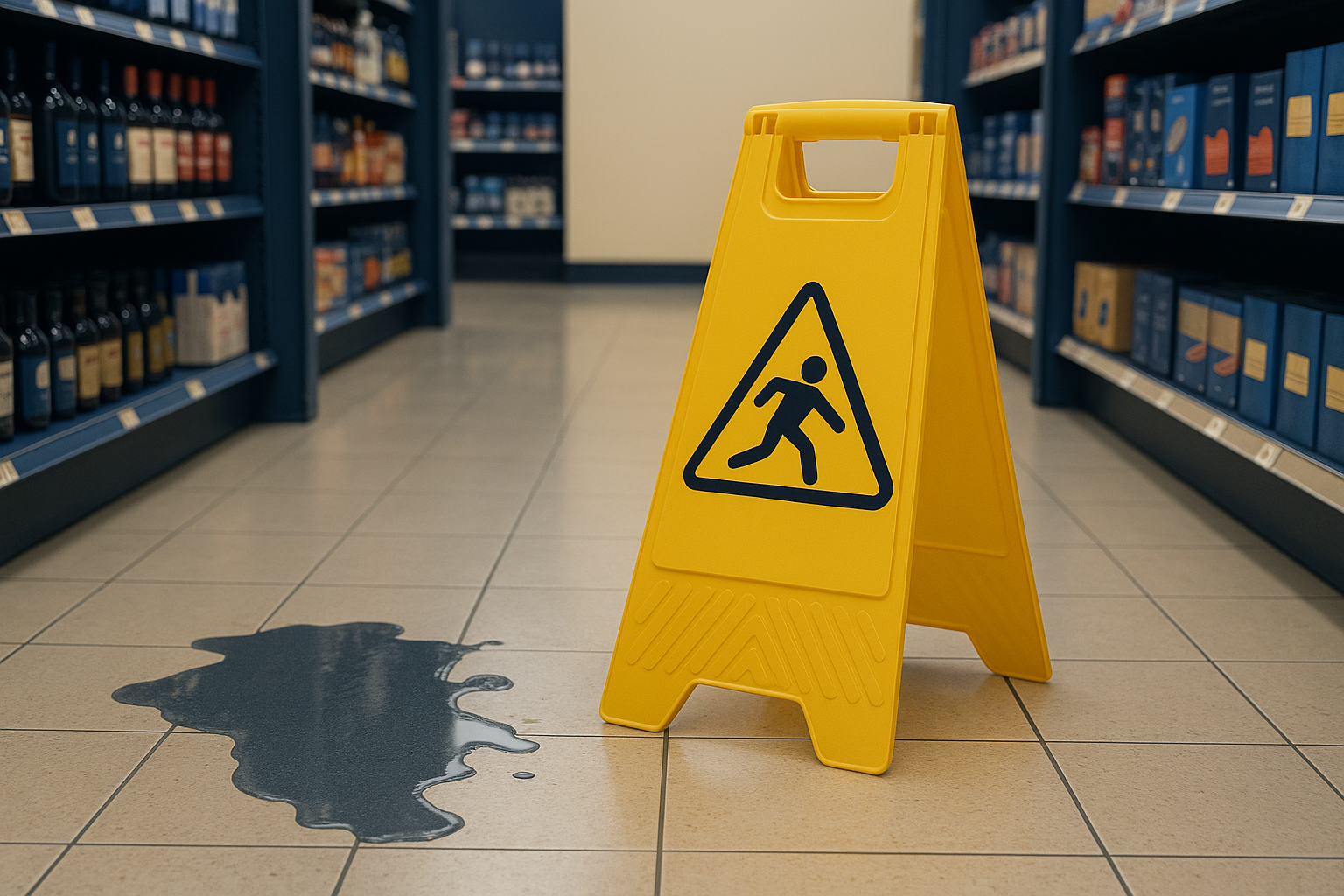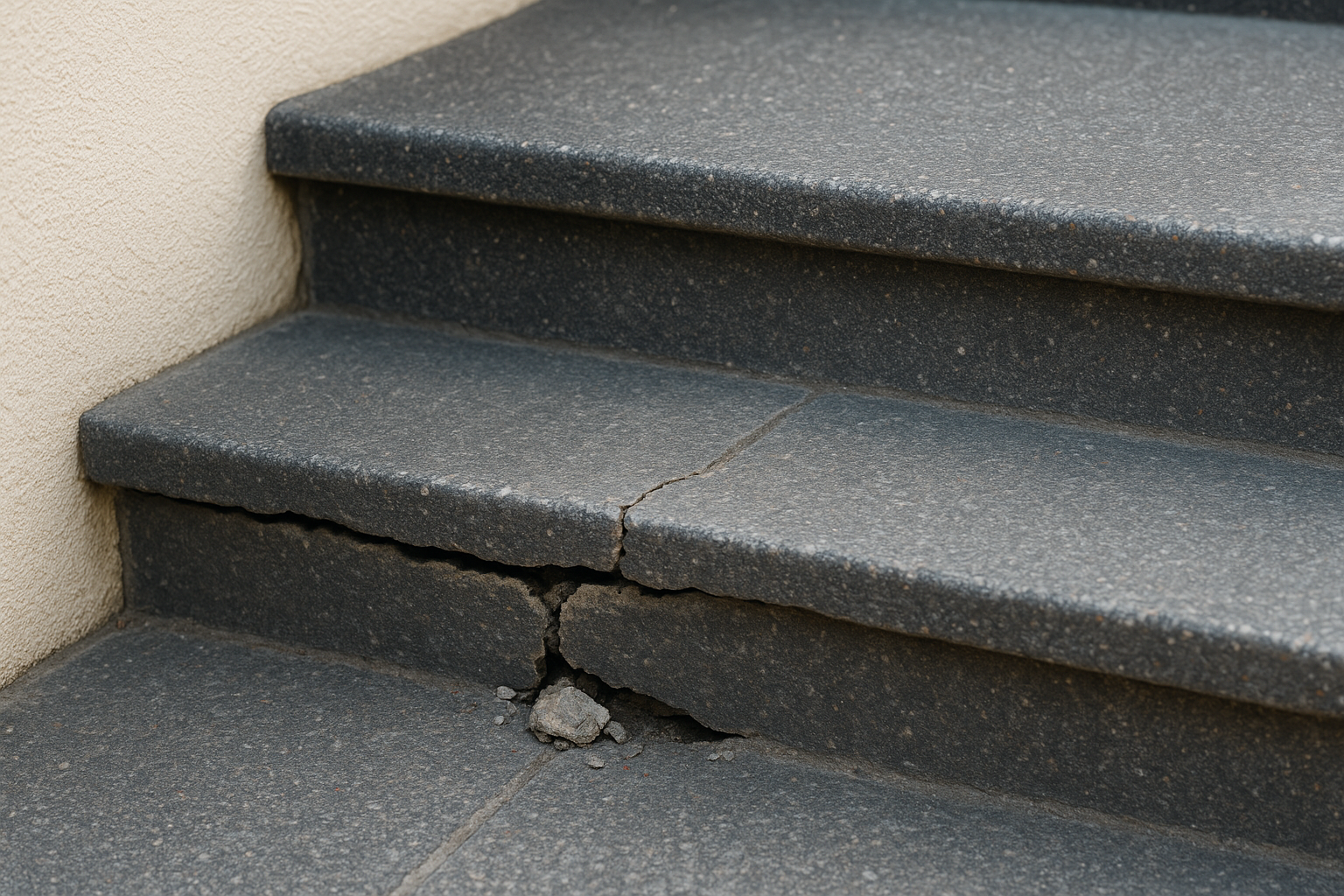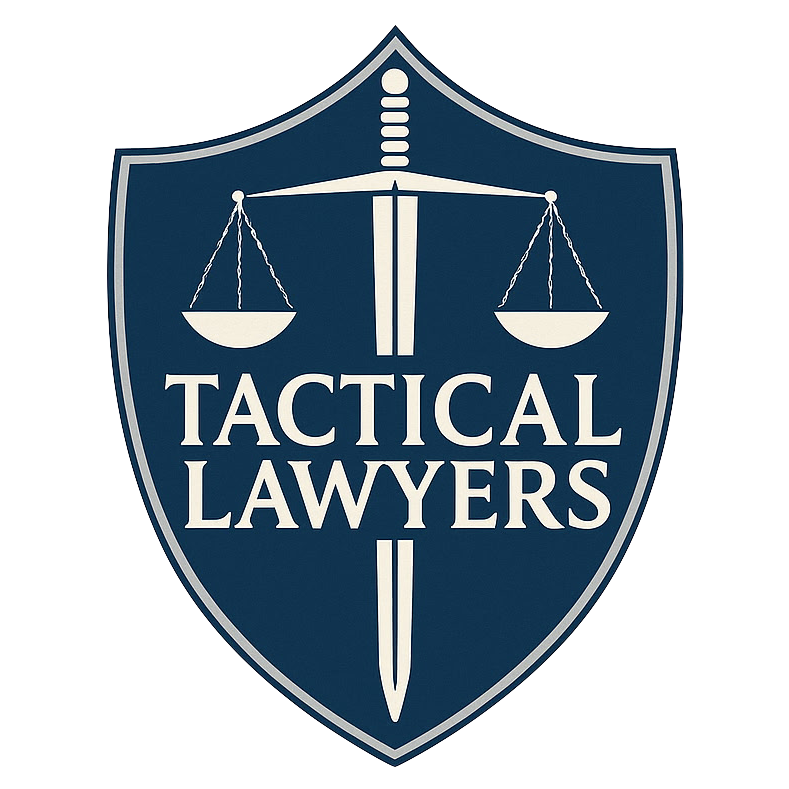Slip-and-fall accidents: treatment first, full recovery pursued
If you were hurt by a dangerous condition—spilled liquids, ice, uneven surfaces, broken stairs, or poor lighting—you may have a premises liability claim. Our first priority is your medical care. From there, we move quickly to document conditions, preserve video, and pursue every path to compensation.
- Common hazards: wet floors without warnings, black ice, loose rugs, potholes, broken handrails, cluttered walkways, and poor lighting in stairwells or parking lots.
- We coordinate prompt treatment and help you keep medical documentation organized from day one.
- Comprehensive strategy: we investigate property ownership and insurance and seek surveillance footage and incident reports.
- Local presence in Castle Rock and the Denver Metro with the resources to handle complex injury matters.

Who we help after a fall
We represent people injured on unsafe property—whether at a store, apartment complex, office, or job site. Our role is to remove uncertainty, coordinate care, and press for fair compensation.
Patrons and shoppers
Slips in grocery stores, restaurants, retail aisles, or parking lots—especially where cleanup or warnings were delayed.
Tenants and guests
Falls in hallways, stairwells, and common areas due to poor lighting, broken rails, loose carpeting, or neglected ice.
Visitors and contractors
Injuries while visiting offices, medical buildings, or work sites—where property owners and managers must maintain safe conditions.
Delivery drivers and gig workers
Trips and falls at customer premises or loading docks—claims may involve multiple insurers and policies.

Our approach: document quickly, coordinate care, pursue all coverage
- Immediate treatment coordination so your recovery is prioritized and documented.
- Evidence preservation: we send notice and preservation (spoliation) letters, request surveillance video, and obtain incident reports.
- Liability assessment: we analyze inspection logs, cleaning protocols, weather data, and lighting for code or policy violations.
- Coverage mapping: property med-pay, liability insurance, and your health insurance are coordinated to reduce financial stress.
- Clear updates: you’ll always know what’s next, whether negotiations, mediation, or litigation.
Want a neutral primer on premises liability concepts? See the Legal Information Institute’s overview at law.cornell.edu . For our firm’s step-by-step case flow, visit Our Process .
What to expect: investigation to resolution
We move efficiently while you focus on recovery. Timeframes vary with treatment duration, liability disputes, and court schedules. We set expectations early and keep you updated.
- Intake and treatment: we listen, confirm conflicts, and align you with appropriate care providers.
- Investigation: site photos, witness interviews, incident reports, and video requests; we identify all potentially responsible parties.
- Notice and preservation: formal letters to owners and insurers to secure evidence and start the claim process.
- Demand and negotiations: once treatment stabilizes, we compile medical records, bills, and a damages package; mediation when useful.
- Litigation if needed: filing suit, discovery, motions, and trial preparation—while explaining comparative fault and possible outcomes.
Key timelines and notices
- Statute of limitations varies by state and claim—contact us as soon as possible.
- Claims involving government entities often require early, formal notice.
- Video retention windows can be short; we act quickly to preserve footage.
Comparative fault—what if you’re blamed?
Many jurisdictions allow recovery even if you’re partially at fault, reducing compensation by your percentage of fault. We build evidence that shows why the property owner’s actions or omissions were the primary cause.
Slip-and-fall FAQs
Quick answers to common questions so you can make informed next steps.
Injured in a slip, trip, or fall? Get answers today.
We’ll coordinate medical care, secure evidence, and pursue every available insurance path. Expect clear timelines and responsive updates.
Page last updated: September 12, 2025
